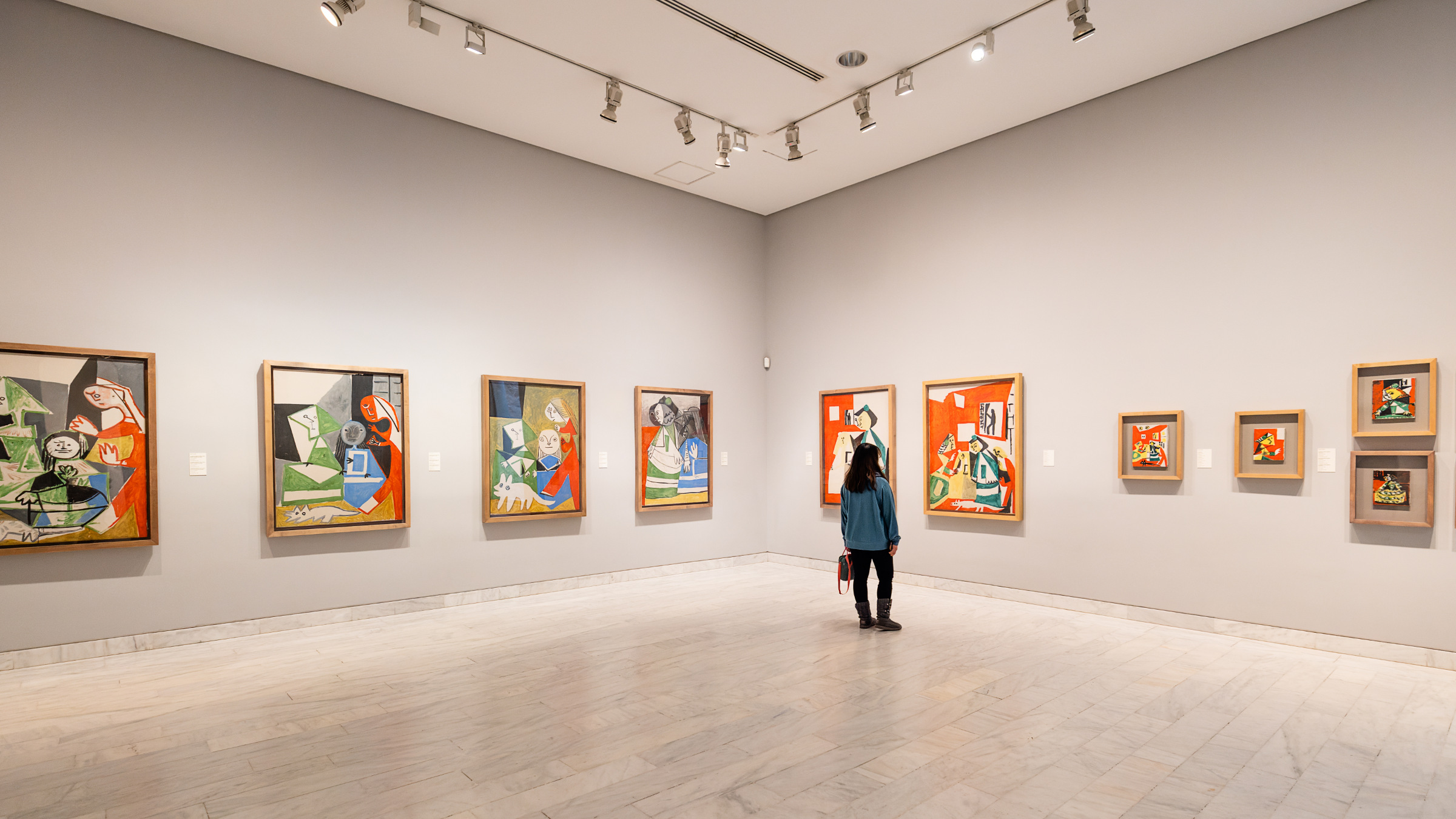Have you ever spent longer than you expected trying to find a specific item or exhibit at a museum? Perhaps you downloaded an application on your phone, unfolded a large paper map, followed signs that led you in a circle, even resorted to asking a kind security guard for directions, before ultimately deciding to give up the search and instead enjoy a snack in the cafe? Unfortunately, this experience is common for museum visitors, and the problem of navigating large museums is amplified for individuals who are blind or have low vision. Fortunately, the accompanying paper about the BentoMuseum 3D map offers a creative solution to help museum visitors understand complex museum layouts by leveraging digital fabrication and multimodal interaction.
Navigation tools such as signs or maps are often confusing for new visitors, and it is common for sighted visitors to get frustrated or lost. Therefore, it is understandable when people choose not to visit these places due to anxiety about navigating these complex (and potentially crowded) spaces. As one participant who used the BentoMuseum states: “Without a rough mental map, it just feels like being pulled around and it’s simply boring and tiring.” Helping visitors preplan their visit by studying the layout of a building can greatly improve their experience, allowing them to focus on the content instead of navigation.
Museums face unique challenges providing accessible experiences for all. They are tasked with presenting information to visitors of all ages, who may speak any language, and have a range of sensory, cognitive, and motor abilities. This information must be presented in spaces that are accessible and comfortable for all visitors including those who use mobility devices and who may have diverse (and sometimes conflicting) sensory needs. Many spaces are historic sites or buildings that were not designed to be a public museum, limiting the potential to remodel or change them.
While making content and physical spaces accessible to all visitors is an ongoing challenge, it is becoming more common for museums to have accessibility teams offer visitors layout and navigation information. Examples of current approaches include turn-by-turn directions between attractions and tactile maps embossed with Braille or printed on microcapsule paper. Some museums offer large tactile 2D or 3D maps representing floor layouts, building exteriors, museum grounds, or terrain.
The BentoMuseum builds on current museum efforts, introducing a novel interactive way for visitors to understand museum layouts before their visit. Through an iterative design process, the authors created a stackable 3D-printed physical model of a science museum to use before a visit to build a mental map of the space. Their design resembles a bento lunch box, where the floors stack on top of one another using magnets to quickly attach, and different textures on the bottom of each floor to differentiate them. When inspecting a floor, visitors can trace the layout of the exhibits and artifacts to learn the layout and plan their visit. To get more detailed information, visitors can place one of these floors on an iPad to hear audio feedback about certain areas as they touch them. The authors evaluated the BentoMuseum with 12 blind participants who used their final prototype in a local museum to build a mental model of the space and plan a route to tour areas they were interested in. Through analyzing interview data and how participants touched the layers of the BentoMuseum, the authors found it helped visitors build mental models of the space that empowered them to navigate safely and confidently.
The BentoMuseum has the potential to unlock spaces people might not otherwise visit due to accessibility concerns. I was struck by the comment “The best thing is that I could explore independently without asking for help.” The paper ends with an actionable list of guidelines to expand their approach to other large and complex sites such as amusement parks, airports, and convention centers. While the authors demonstrated the value of the BentoMuseum for blind and low vision visitors, I agree with their participant that “It can be useful for everybody.” Presenting information across multiple modalities can support the needs of visitors who prefer to learn through audio, touch, and/or vision.
These ideas will inspire many to rethink visitor experience and preplanning approaches to make more spaces inclusive for visitors with diverse abilities. This paper has inspired my students to think more creatively about making physical spaces inclusive and they have expressed interest in building similar resources for my university building. I look forward to seeing this approach replicated in other museums, and hope this paper inspires more creative solutions that normalize preplanning and multimodal information.




Join the Discussion (0)
Become a Member or Sign In to Post a Comment